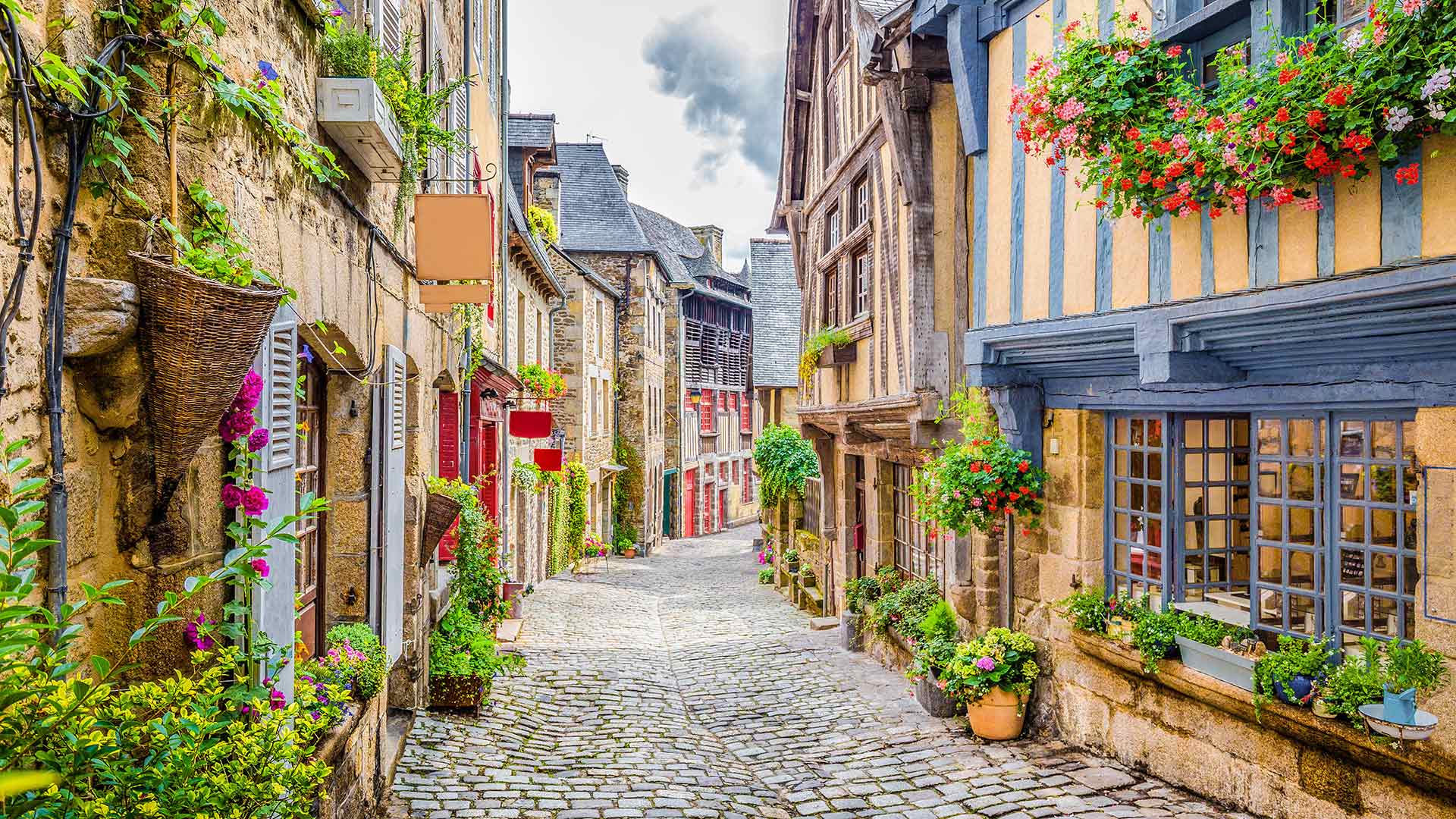Inside the Netherlands’ State-of-the-Art Incinerator Facility
The Netherlands is known for its innovative and environmentally friendly approach to waste management. One of the key components of its waste management strategy is the state-of-the-art incinerator facility located in the city of Amsterdam. This facility is a shining example of how modern technology can be used to not only dispose of waste, but also generate energy in an efficient and sustainable manner.
The incinerator facility in Amsterdam is operated by AEB, a company that specializes in waste processing and energy recovery. The facility is designed to handle a wide range of waste materials, including household waste, commercial waste, and industrial waste. By incinerating these waste materials, the facility is able to reduce the volume of waste that ends up in landfills, while also generating electricity and heat.
One of the key features of the facility is its advanced filtering and scrubbing systems, which ensure that any emissions from the incineration process are thoroughly cleaned before being released into the atmosphere. This strict environmental control measures help to minimize the facility’s impact on the surrounding environment, making it a responsible and sustainable solution for waste management.
The incinerator facility also stands out for its commitment to energy recovery. The heat generated by the incineration process is used to produce steam, which in turn powers a turbine to generate electricity. This electricity is then fed into the local power grid, helping to meet the energy needs of the surrounding area. In addition, the facility is able to capture and distribute the excess heat produced, which is used to provide district heating to nearby homes and businesses.
In terms of waste management, the facility is able to process over one million tons of waste per year, making it an essential part of the Netherlands’ waste management infrastructure. By incinerating this waste, the facility is able to significantly reduce the volume of waste that needs to be landfilled, thereby conserving valuable land space and minimizing the environmental impact of waste disposal.
In addition to its waste management and energy recovery capabilities, the facility also excels in its commitment to sustainability. The incinerator facility is equipped with advanced control systems that monitor and optimize the incineration process, ensuring that it operates at maximum efficiency while minimizing its impact on the environment. Furthermore, the facility is constantly investing in research and development to further improve its technology and reduce its environmental footprint.
The incinerator facility also plays a key role in the circular economy, which emphasizes the use of resources in a sustainable and efficient manner. By generating energy from waste, the facility is able to contribute to the production of renewable energy, thereby reducing the reliance on fossil fuels and helping to combat climate change. In addition, the facility recovers valuable materials, such as metals and minerals, from the incineration process, ensuring that they are recycled and reused in other industries.
Frequently Asked Questions
Q: Is incineration a safe and environmentally friendly way to dispose of waste?
A: Yes, modern incineration facilities, such as the one in Amsterdam, are equipped with advanced filtering and scrubbing systems that ensure any emissions from the incineration process are thoroughly cleaned before being released into the atmosphere. This makes incineration a safe and responsible method of waste disposal.
Q: How does the incinerator facility in Amsterdam contribute to energy production?
A: The facility generates electricity by using the heat produced from the incineration process to power a turbine. This electricity is then fed into the local power grid, helping to meet the energy needs of the surrounding area. Additionally, the excess heat produced is used to provide district heating to nearby homes and businesses.
Q: What types of waste can be processed at the incinerator facility?
A: The facility is designed to handle a wide range of waste materials, including household waste, commercial waste, and industrial waste. This makes it an essential part of the Netherlands’ waste management infrastructure, as it is able to process over one million tons of waste per year.
Q: How does the incinerator facility contribute to the circular economy?
A: By generating energy from waste and recovering valuable materials from the incineration process, the facility contributes to the principles of the circular economy. It helps to reduce the reliance on fossil fuels, conserve valuable land space, and minimize the environmental impact of waste disposal, making it a key player in the sustainable management of resources.
In conclusion, the incinerator facility in Amsterdam is a shining example of how modern technology can be used to not only dispose of waste, but also generate energy in an efficient and sustainable manner. With its advanced filtering and scrubbing systems, commitment to energy recovery, and dedication to sustainability, the facility stands as a model for responsible waste management and contributes to the circular economy. As the world continues to grapple with the challenges of waste management and energy production, the incinerator facility in Amsterdam offers a beacon of hope for a more sustainable and environmentally friendly future.
Inside the Netherlands’ State-of-the-Art Incinerator Facility




